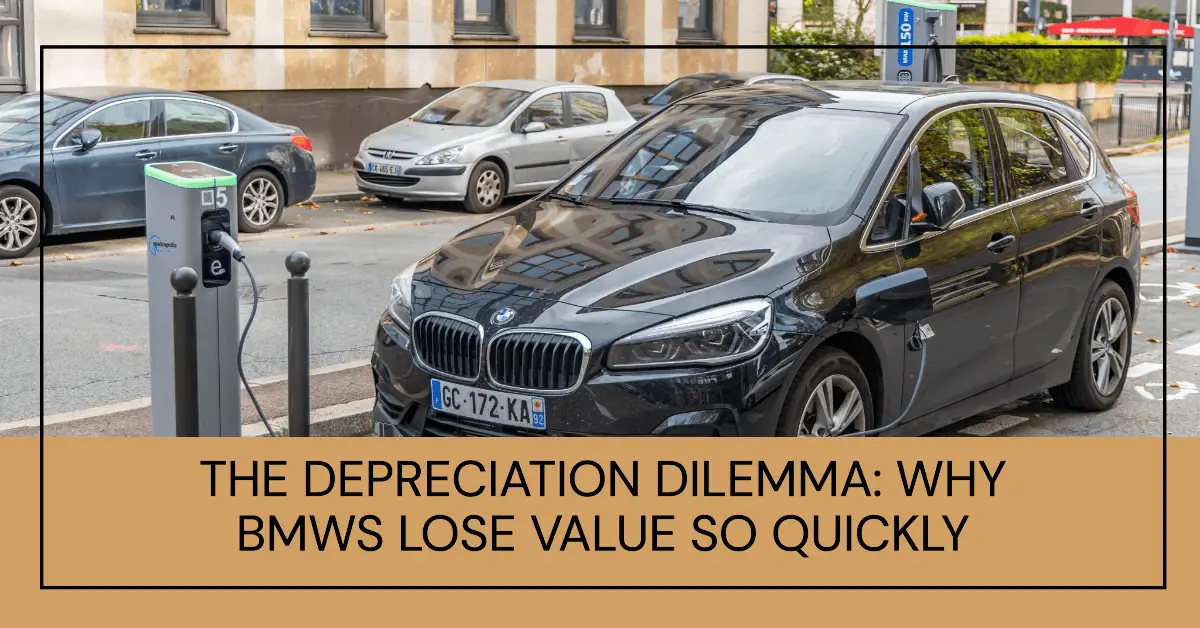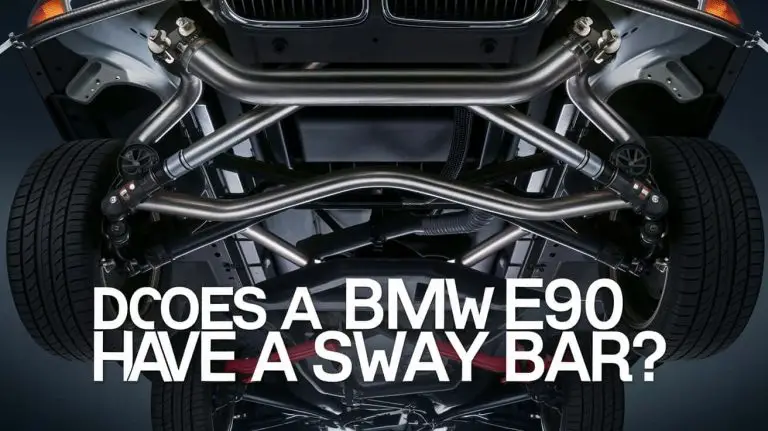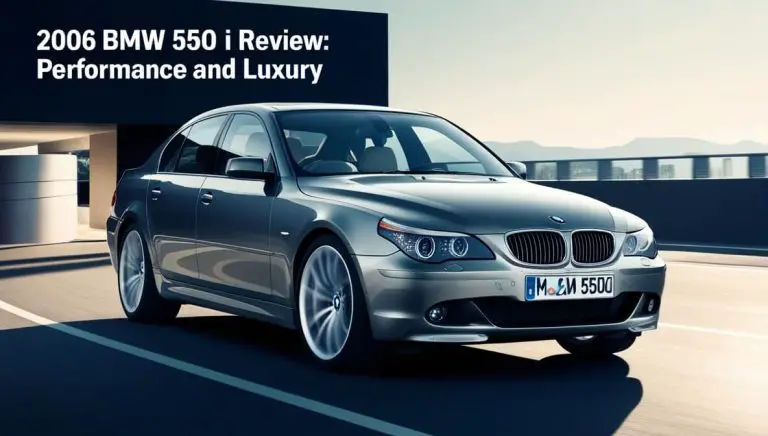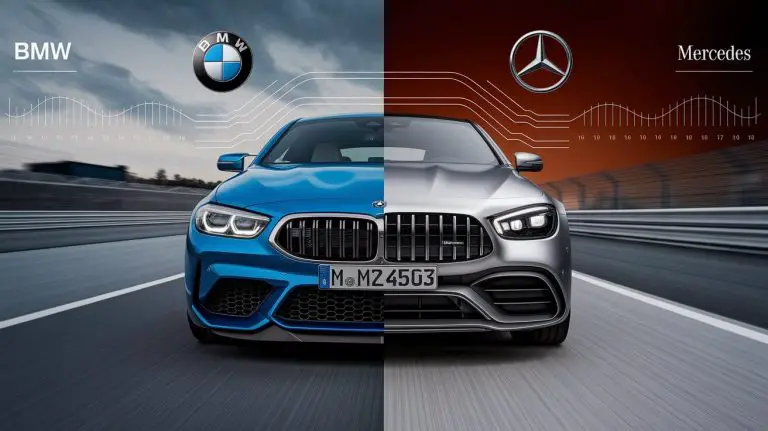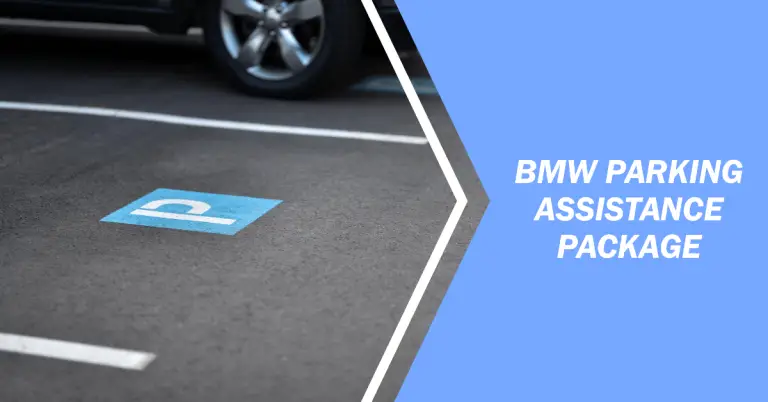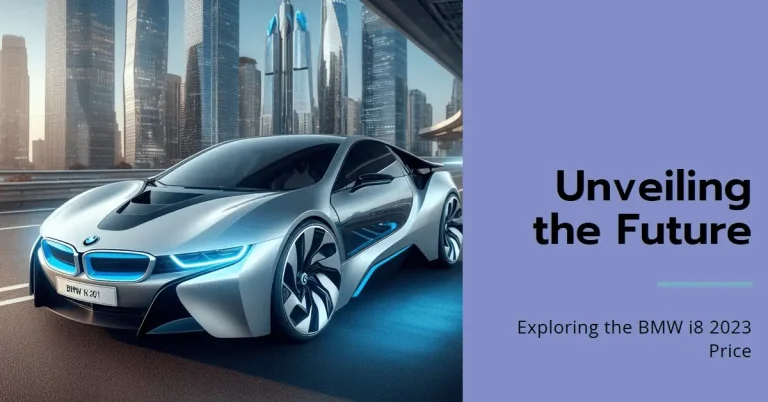Why Do BMWs Lose Value So Quickly? What Owners Should Know
BMW is synonymous with performance, luxury and style. However, most BMW models also share another trait – rapid depreciation. So why do these ultimate driving machines lose so much value so quickly? In short, high maintenance costs, expensive repairs, and the premium BMW brand name cause values to drop steeply. Read on as we explore the major factors causing BMWs to depreciate faster than other luxury brands.
Maintenance Costs Are Expensive for BMWs
One of the main reasons BMWs depreciate so quickly is the high cost of maintenance compared to mainstream brands. BMW sets their own maintenance schedules, and services are typically needed more frequently than with brands like Toyota or Honda.
- BMW recommends having an oil change and other fluid services done every 1-2 years or 10,000-20,000 miles. For comparison, many non-luxury cars can go 5,000-7,500 miles between oil changes. This means BMW owners will be visiting the shop to pay for service twice as often.
- Standard maintenance items like oil changes, new tires, brake jobs, and fluid flushes simply cost more for BMWs than average cars. BMW vehicles require fully synthetic oil which starts around $100 per oil change. Run-flat tires can run $400+ each. And OEM-quality BMW brake pads can be 2-3 times the cost of economy brands.
- While new BMWs come with free scheduled maintenance for 3 years or 36,000 miles, owners are on the hook for all repair costs after that. And BMW’s extended warranty only covers up to 4 years/50,000 miles.
So while maintenance plans and extended warranties can help reduce costs in the first few years of ownership, once they expire an out-of-warranty BMW will begin racking up hefty maintenance and repair bills for its owner. This in turn drags down resale value.
Repairs and Unexpected Issues Are Pricey
In addition to routine maintenance, BMWs are prone to expensive unexpected repairs, often starting around 60,000-100,000 miles. While still under warranty these issues are covered. But post-warranty, BMW owners find themselves slammed with big repair bills.
- Out-of-warranty repairs cost a premium at BMW dealerships because they require trained technicians and factory OEM parts. Independent mechanics may offer lower labor rates, but the parts are still expensive.
- Some common issues on higher-mileage BMWs include oil leaks, electrical problems, faulty fuel pumps, timing chain guide failures, and xenon headlight problems. Replacing something as basic as a starter or alternator can easily run $500-1000+ from a dealership.
- More serious issues like an engine or transmission rebuild can cost upward of $5,000-8,000. Even oil leaks on the OFHG or valve cover gasket – common on older BMW turbo engines – might run $1,500+ to repair.
- Sportier BMW M models tend to depreciate the most, as owners likely push them hard. And problems on high-performance engines are usually more expensive to diagnose and fix.
While all cars have repairs outside of warranty, the costs for BMWs tend to be higher than average. These unpredictable expenses make buyers less willing to pay top dollar for used BMWs with higher miles.
Leasing Popularity Means More Supply of Used BMWs
Another factor that negatively impacts BMW resale value is their popularity as leased vehicles. Over 30% of new BMW sales are leased, typically for 2-3 year terms before being returned. This ensures a steady supply of off-lease BMWs entering the used car market.
- Most leased BMWs will be low mileage when returned, usually around 30,000-50,000 miles. Since the supply of lightly used BMWs available increases each year, it brings resale values down.
- Leased vehicles may also tend to have more wear-and-tear issues than BMWs that are owned long-term or properly maintained. Lessees may prioritize the driving experience over keeping the car pristine. This also brings auction values down.
- Finally, desirable new BMW models are released every few years. When the latest 5 or 7 Series hits showrooms, it makes the previous generation less sought-after even if only 2-3 years old.
The high percentage of leased BMW returns each year contributes to faster depreciation compared to brands with fewer leases. The greater supply and risks of wear make used BMWs less valuable.
BMW Prioritizes Performance Over Reliability
BMW has always emphasized engineering their vehicles for performance, luxury, and driving dynamics first and foremost. This laser focus comes at the expense of longevity and reliability compared to brands like Toyota, Honda or Lexus.
- Review sites like Consumer Reports consistently rank BMW near the bottom in predicted reliability. By 5 years/60,000 miles, over 50% of BMWs require major repairs versus just 11-15% for Japanese brands.
- Part of this may be due to BMW’s sophisticated but temperamental turbocharged engines, complex xDrive AWD systems, and the tighter tolerances required for responsive handling.
- Electronically controlled suspensions, active steering, multi-zone climate control and other tech features also increase the possibility of expensive electrical gremlins and faults.
- Meanwhile, rivals like Lexus prioritize smoothness, quietness, and long-term dependability. Toyota rigorously tests components to ensure they last over 150,000 miles of use.
- Sportier BMW M models with even higher performance have the worst resale values. Their owners tend to drive aggressively and prioritize speed over longevity.
BMWs clearly live on the cutting-edge of drivetrain and suspension engineering. But the trade-offs inherent in this commitment to performance come back to bite used BMW buyers in higher repair bills and steeper depreciation.
Premium Brand Name Means Steep Depreciation
The final factor that ensures rapid depreciation for BMW is their premium brand name and identity. The BMW roundel on the hood and steering wheel carries an inherent prestige and status value. It’s this premium identity that causes new BMWs to start at a higher MSRP than average vehicles, and in turn have further to fall in resale value.
- BMW has invested billions over the decades to carve out a reputation as a luxury and performance icon. The marketing works – BMW enjoys the highest brand loyalty and desirability among luxury car shoppers.
- This means BMW can price new vehicles higher than volume brands like Ford or Chevrolet, even if actual production costs are similar. The 2022 BMW 3-Series has an MSRP around $43,000 versus $25,000 for a Honda Accord.
- Since BMWs start out costing 70-100% more than family sedans or crossovers, they lose value from a higher starting point. A $60,000 X5 SUV has much more monetary depreciation possible than a $35,000 Toyota Highlander of the same age.
- BMW leans into their premium branding by avoiding discounts or incentives. This prevents a used BMW from having the same value as an equivalently priced mainstream car.
The bottom line is the BMW nameplate commands a premium. New BMWs start at luxury car prices, which makes their depreciation steeper by year 5-6. This prices many used BMWs out of reach for average used car buyers unwilling to pay for the luxury badge.
How Much Does a BMW Depreciate in Value?
Now that we’ve explored the major reasons behind rapid BMW depreciation, how much value do they actually lose over time? Industry data shows a typical BMW will drop in value faster than mainstream brands:
- After 1 Year: BMWs depreciate 15-25% on average after just 12 months based on 15,000 miles of use. A $60,000 X5 can be worth under $50,000 after a year.
- After 3 Years: Expect a BMW to lose around 40-50% of original MSRP after 36 months. A 3-Series worth $45,000 new may trade for $25,000 by 3 years old.
- After 5 Years: In the first 60 months, BMWs shed 50-60% of their original sticker price. A $70,000 7-Series could depreciate to around $30,000 in just 5 years.
- After 10 Years: After a decade, most BMWs have lost 70-80% of original MSRP and are worth less than 20-30% of their original price.
Of course depreciation varies by model, mileage, condition and driving history. But in general, most BMW owners should expect their car’s value to drop twice as fast as an equivalently priced Accord, Camry or CR-V.
Tips for Getting the Best BMW Resale Value
While BMWs will always carry higher depreciation costs, certain choices can help maximize their resale value:
- Purchase not lease – Owned BMWs tend to be better maintained than leased ones. And you can control the car’s condition over years of ownership.
- Certified pre-owned – CPO BMWs must pass inspections and have extended warranty coverage remaining. This provides buyer confidence.
- Maintain diligently – Follow all maintenance schedules, keep records, and fix issues early. This pays off in longer-term reliability.
- Garage storage – Parking indoors reduces wear-and-tear from the elements which helps looks and condition.
- Keep mileage low – The fewer miles accumulated, the smaller the depreciation hit and stronger the resale values.
- Sell privately – You can get thousands more selling a BMW yourself rather than trading in at a dealer.
While BMWs come at a higher long-term cost of ownership, taking these steps helps maximize their value retention. What you lose in depreciation you gain in driving enjoyment over the years of ownership.
Conclusion
In summary, BMW vehicles deliver world-class performance, handling and luxury appointments. But this luxury pedigree also means steeper depreciation compared to mainstream brands. Frequent expensive maintenance, unreliable electronics, costly repairs, robust lease returns, and a premium brand name all contribute to above-average depreciation for BMW models.
Understanding these factors helps set realistic expectations around the higher long-term costs. While BMWs make an indulgent splurge purchase for many drivers, their rapid depreciation curve makes them less ideal as a long-term value hold. By educating yourself on BMW depreciation costs, you can make the best ownership decision for your needs and budget.

